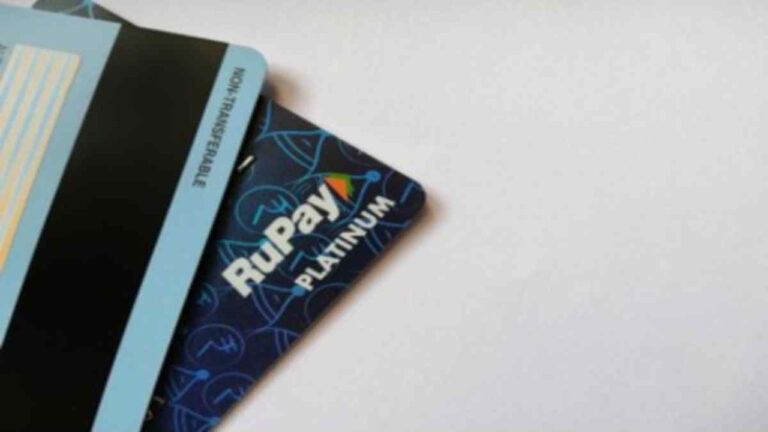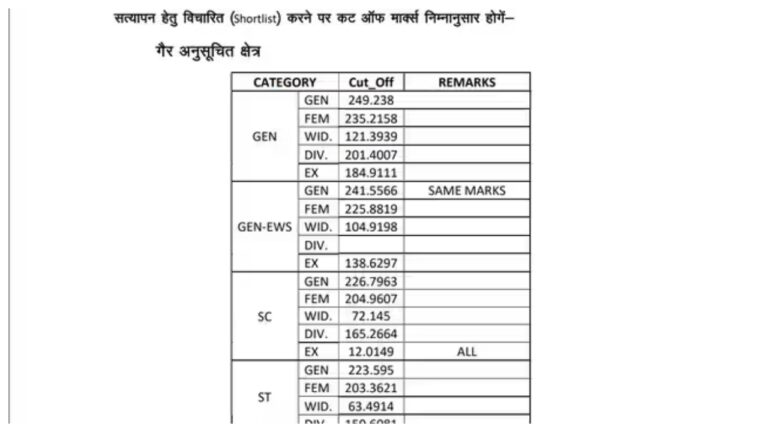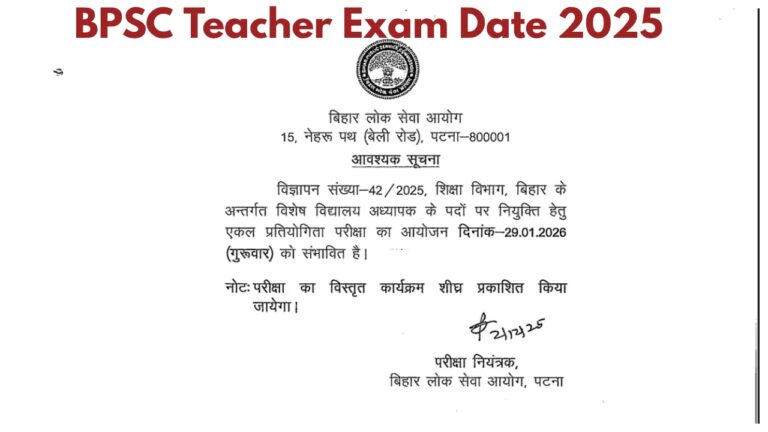OnePlus 13T vs Pixel 9 Pro: Both the Google Pixel 9 Pro and the OnePlus 13T seek to redefine value in the premium market by providing flagship-level performance, state-of-the-art cameras, and highly innovative screens. The variation in how each phone highlights the user experience are what make this comparison important. Google stresses AI, camera variety, and long-term software support, while OnePlus focuses on sheer power and battery innovation. This contrast presents two different ideas of what a contemporary high-end phone should offer consumers who are divided between software lifespan and performance.
Display and Design
Build and Feel: OnePlus’s matte alloy frame, flat Crystal Shield front, and IP65 sealing create a gripping, lightweight feel that reflects its performance-first philosophy. A higher-end, stronger look is conveyed by Pixel’s Gorilla Glass Vitus 2 on both sides, polished aluminum rails, and more stringent IP68 groups. Customers who are concerned about durability choose Google’s phone because of its stronger ingress protection and richer materials, which indicate a boost in everyday resilience.
Display Quality: The 13. T’s 6.32-inch LTPO AMOLED provides flicker-free comfort and vivid Dolby Vision movies with a brightness of 1600 nit HBM and a dimming rate of 2160 Hz PWM. With its slightly larger 6.3-inch LTPO OLED, Pixel produces HDR10+ material with sharper lettering and clearer highlights thanks to its scorching 3000 nit peak and higher 495 ppi resolution. Pixel’s tighter pixel grid and light edge make images more readable and immersive in direct sunlight and in mobile HDR movies.
Specifications
Performance: With UFS 4.0 storage and Snapdragon 8 Elite’s Oryon V2 cores, the 13-T can reach 4.32 GHz for flagship-class throughput and gamer-friendly thermals. In exchange for on-device Gemini Nano intelligence and seven years of OS updates, Pixel’s Tensor G4 optimizes AI and imaging tasks. The OnePlus is better for power users who want steady frame rates, while the Pixel is better for long-term software support.
Battery & Charging: OnePlus offers a 6260 mAh silicon-carbon cell that fills from 0 to 100 % in about 45 minutes at 80 watts, outlasting competitors by almost a workday. Pixel’s 4700 mAh battery charges more slowly at 27 watts when wired, although it can be charged faster via reverse wireless, 21 watts wireless, and thermal-saving bypass charging. OnePlus gives frequent travelers a greater lifespan, while convenience-seekers appreciate the wireless flexibility of the Pixel.
Camera
Primary and Secondary Lenses: The OnePlus has two 50MP sensors. The primary camera has a good dynamic range, and the 2× tele improves portrait quality but is not as versatile as the ultrawide. Pixel counters with 50 megapixels main, 48-megapixel 5x periscope, and 48-megapixel ultrawide, all made possible by Google’s computational gimmicks like Best Take and Laser AF. Pixel is the more versatile imaging tool due to its improved processing and additional focal lengths, which allow it to outperform in terms of color fidelity and reach.
Selfie Camera: Perfect for vloggers, the Pixel’s 42MP PDAF front lens produces 4K video and crisper, broader images. The 16-megapixel OnePlus module produces dependable social media selfies, but it lacks quality in low light. Content creators benefit from Pixel’s upgrading to a flagship-grade selfie sensor.
Pricing
Both smartphones, which provide flagship technology and high-end displays for mid-tier money, start around the US$600 level. While performance fanatics still benefit from OnePlus’s quicker chip and battery at the same sticker price, value-focused consumers may view the Pixel as the better long-term deal because it mixes wireless charging, UWB, and seven-year software support without spending more.









